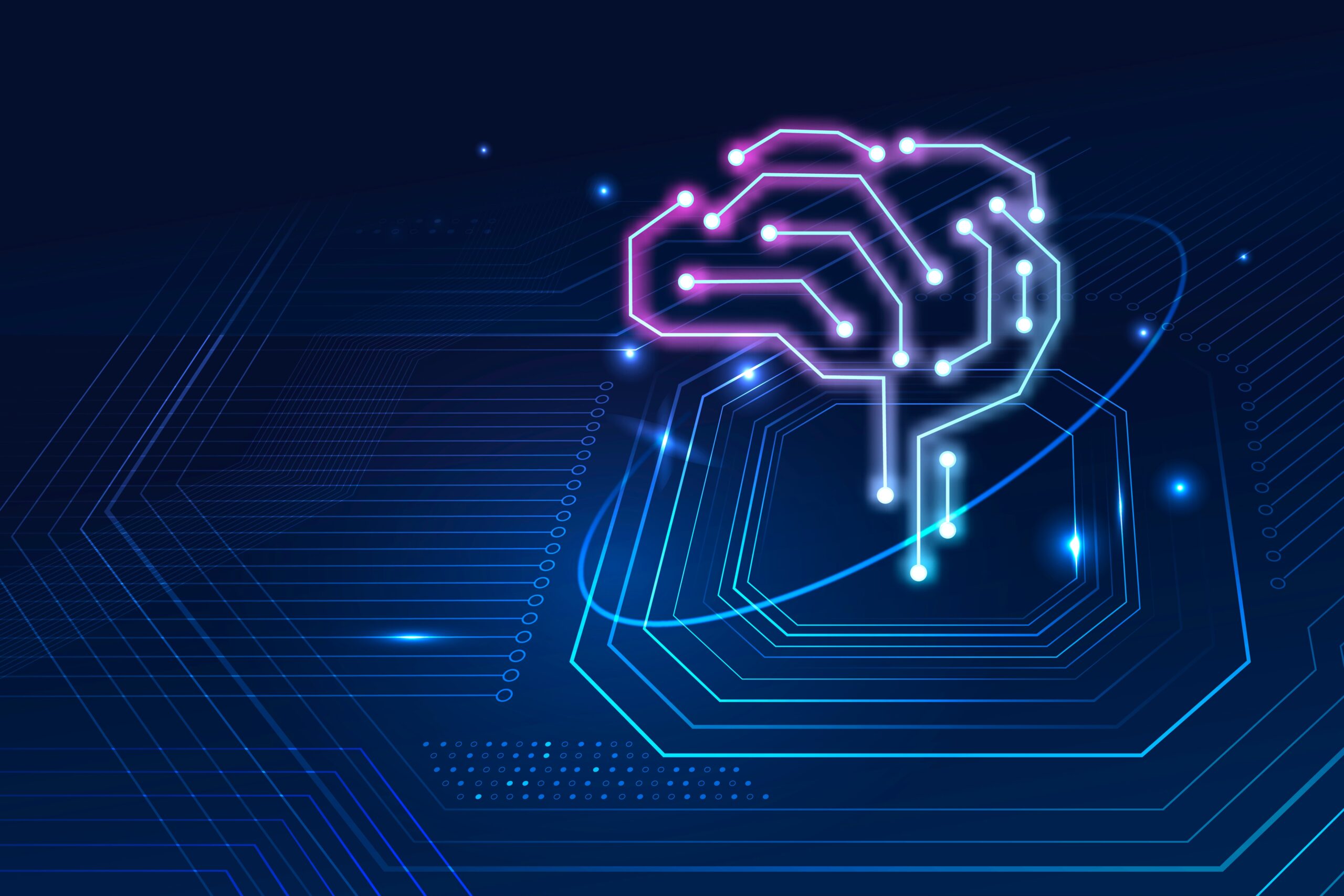
Welcome to the world of Artificial Intelligence, where cutting-edge technology and innovation are constantly pushing boundaries. As we dive deeper into this revolutionary field, one aspect that cannot be overlooked is the importance of production systems in enhancing efficiency and performance. In this blog post, we will explore how these systems play a pivotal role in shaping the future of AI. Prepare to embark on a journey where we unravel the secrets behind optimizing AI processes, boosting productivity, and unlocking new possibilities for businesses across industries. So fasten your seatbelts as we delve into an electrifying exploration of “Enhancing Efficiency and Performance with Production Systems in Artificial Intelligence.”
Introduction to Production Systems in Artificial Intelligence
Artificial intelligence (AI) production systems are computer programs that automatically generate new solutions to problems. They are used in a variety of settings, including optimizing industrial processes, improving logistics and planning, and making decisions in complex environments.
Production systems are general-purpose problem solvers. They consist of a set of rules that describe how to combine basic actions to achieve a desired goal. For example, a production system might have rules that describe how to combine basic actions such as moving objects and performing arithmetic operations to solve a problem.
Production systems can be classified into two types: rule-based systems and constraint-based systems. Rule-based systems use a set of if-then rules to generate new solutions. Constraint-based systems use constraints to guide the search for new solutions.
Rule-based production systems are well suited for problems that can be decomposed into a series of smaller subproblems. For example, consider the problem of finding the shortest path between two points on a map. This problem can be decomposed into a series of subproblems, each of which is finding the shortest path between two adjacent points on the map. A rule-based production system can generate a solution to this problem by applying a sequence of rules that describe how to find the shortest path between two adjacent points on the map.
Constraint-based production systems are well suited for problems that involve many decision variables and constraints. For example, consider the problem of scheduling
Components of a Production System
The basic components of a production system are:
- A knowledge base: This stores information about the world, including facts and rules.
- Inference engine: This is the part of the system that applies the rules in the knowledge base to deduce new information.
- Working memory: This stores information about the current situation, so that it can be used by the inference engine.
- User interface: This is how the user interacts with the system, asking questions and giving commands.
How do Production Systems Enhance Efficiency and Performance?
In many industries, artificial intelligence (AI) is being used to enhance efficiency and performance in production systems. By automating tasks and processes, AI-enhanced production systems can help businesses to improve their bottom line.
In the past, production systems have been designed to operate in a linear fashion, with each task being completed sequentially. However, this approach is no longer suitable for today’s fast-paced business environment. With AI-enhanced production systems, tasks can be completed in parallel, which can lead to significant increases in productivity.
In addition to enhancing efficiency, AI-enhanced production systems can also help businesses to improve their performance. By automating tasks and processes, businesses can free up their employees to focus on more important tasks. As a result, businesses can achieve their goals and objectives more effectively.
Examples of AI Production Systems
Production systems are a powerful tool for representing and reasoning with knowledge in AI applications. In this blog post, we will discuss some examples of how production systems can be used to enhance efficiency and performance in AI applications.
One example of how production systems can be used to improve performance in AI applications is by using them to represent and reason with knowledge about the application domain. For instance, if we are building an AI system to play the game of Go, we can use a production system to represent the rules of the game and the current state of the board. This can help the AI system make better decisions about its next move by reasoning about the consequences of different moves.
Another example of how production systems can be used to improve performance in AI applications is by using them to manage and reuse knowledge. For instance, if we have a collection of previously solved problems, we can use a production system to store and recall solutions to those problems. This can help us solve new problems more quickly by reusing existing solutions.
Production systems are a powerful tool for enhancing efficiency and performance in AI applications. By using production systems, we can represent and reason with knowledge about the application domain, manage and reuse knowledge, and improve the performance of our AI systems.
Limitations of Production Systems in AI
There are three primary limitations to production systems in AI:
- They can only handle a limited amount of data.
- They require significant processing time to generate results.
- They may not be able to produce accurate results for all inputs.
Conclusion
In conclusion, the production systems in artificial intelligence are an essential tool for improving efficiency and performance. By using these systems, designers can create solutions that are tailored to their specific needs and goals. This helps reduce development time while optimizing the results of AI models. Furthermore, by utilizing production systems in artificial intelligence, organizations can improve customer service by providing a more personalized experience to customers and enabling higher levels of automation. With this technology becoming increasingly accessible to businesses of all sizes, it is clear that production systems will continue to play a key role in advancing AI applications in the future.


